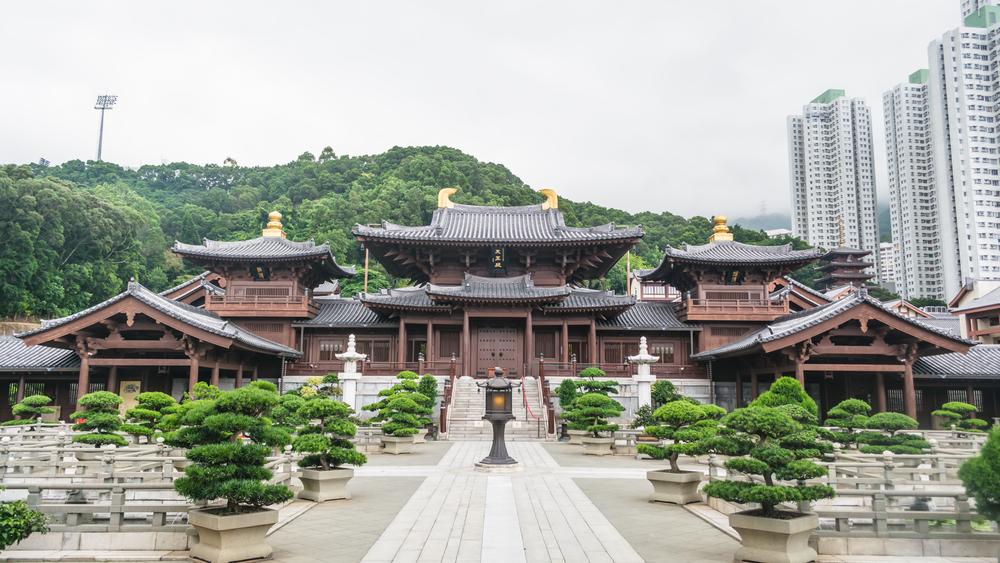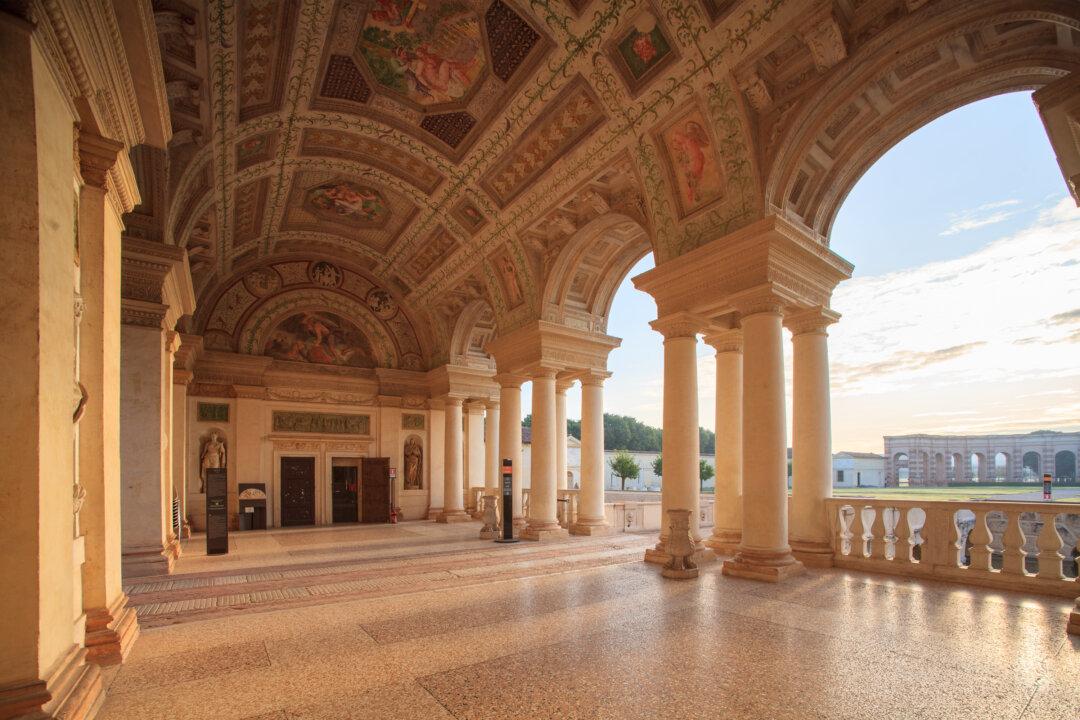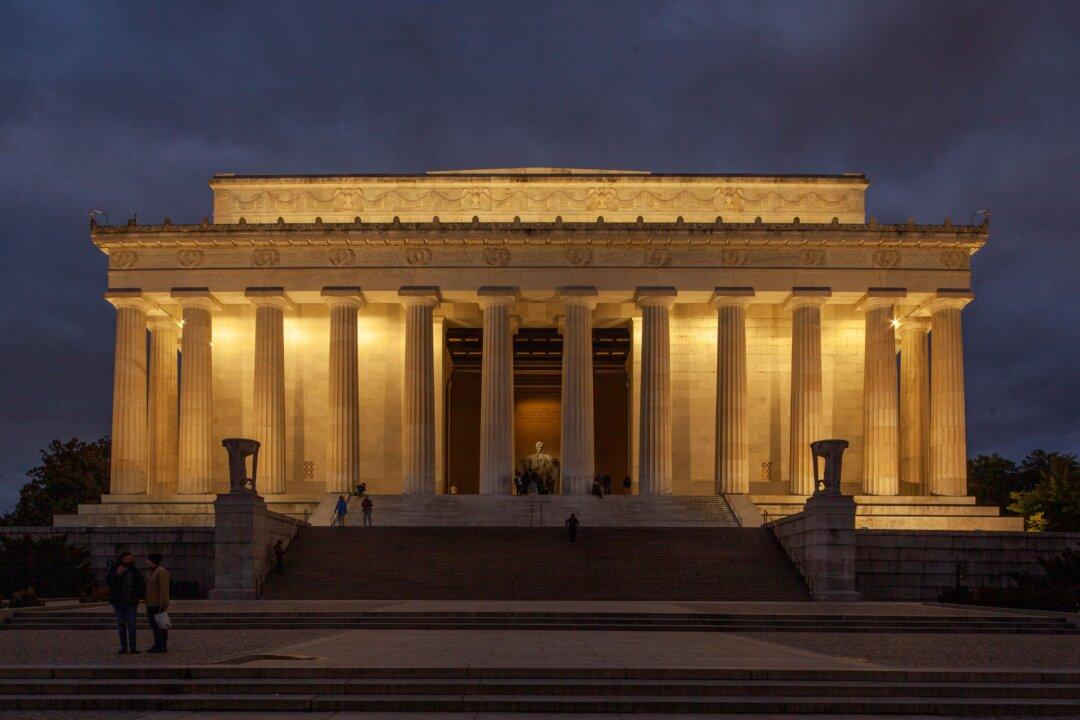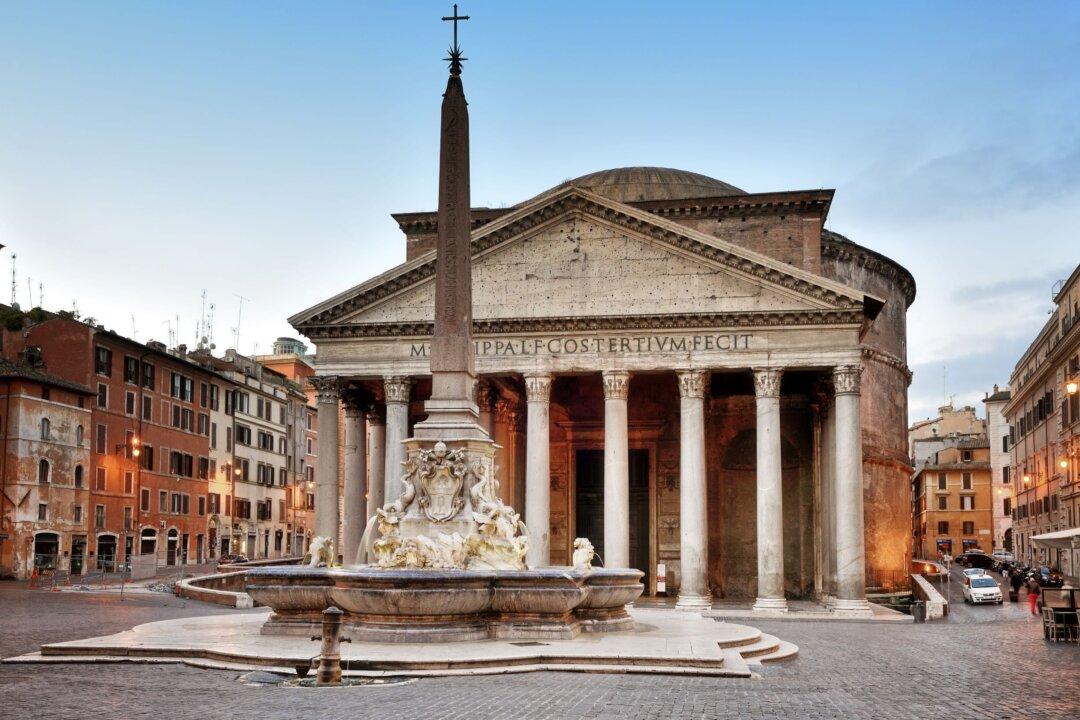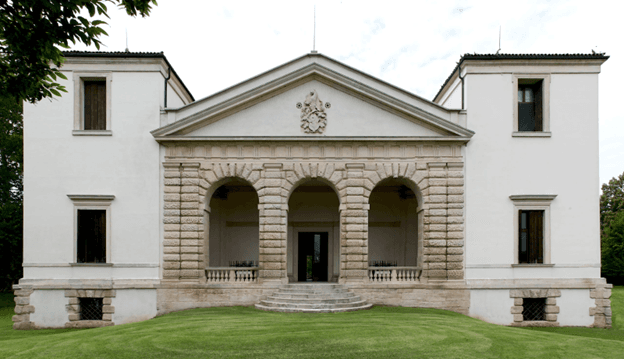The 1998 construction of the Chin Lin Nunnery and the Nian Lin Garden of Hong Kong are remarkable representations of China’s ancient culture, which sought to bring harmony between Heaven and Earth. Grand Tang Dynasty temples stand overlooking broad courtyards that seemingly float upon lotus ponds and open to the heavens. Pavilions rise above the mystifying garden ponds arousing wonderment and joy.
Passing through the Shenmen (main entrance) symbolizes the passage from one shore to the other. The most captivating scene then appears: A courtyard richly ornamented with bonsai trees and the Lotus Pond Garden lies in the foreground of the Hall of the Celestial Kings.

